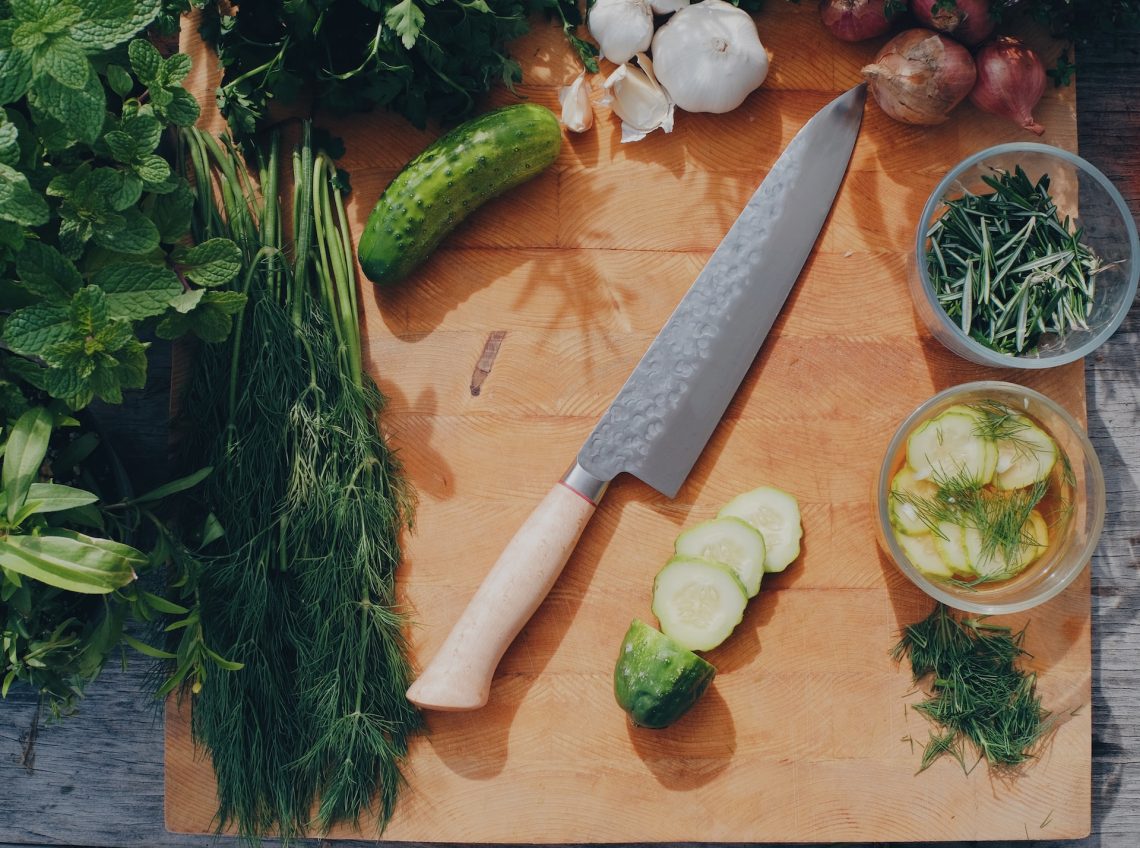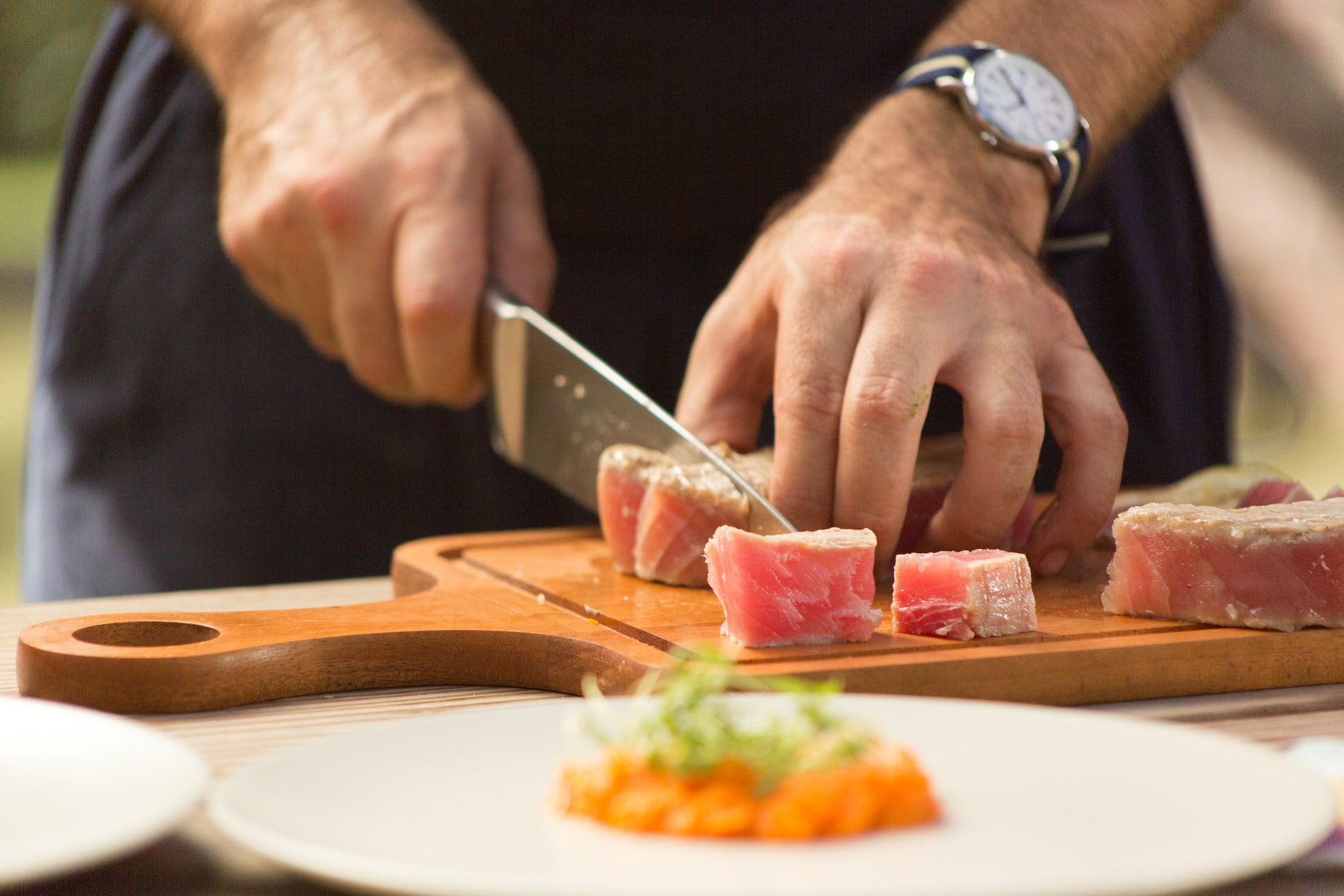
What You Should Consider When Choosing Your Kitchen Knife?
There is no one kitchen knife that is the best for everyone. Which knife is appropriate for the job at hand depends on a variety of factors, including different budgets, grip preferences, and aesthetic preferences, in addition to a dozen other minute choices.
This article seeks to show you which kitchen knives work best right out of the box, last the longest, and provide overall better value. Additionally, we believe it will help you eliminate expensive, overly large knife block sets from your list of choices. But first, our top picks for the best kitchen knives that will be on the market in 2022. We’ve whittled down your options to 13 chef’s knives after weighing balance, cost, materials, craftsmanship, and necessity. Here’s how the dice landed.
What kind of steel works best for a kitchen knife?
All steel contains carbon. Just so happens that stainless steel contains less carbon than carbon steel. The inclusion of chromium, which gives the material its recognizable “stainless” character, distinguishes stainless steel from other metals. Contrarily, carbon is present in significantly greater quantities in carbon steel. The harder a knife is, the more carbon there is in it. The Rockwell scale is used to quantify hardness. The https://www.kitchenknivesstore.co.uk/ knife’s strength increases with its hardness. Due to its durability, carbon steel blades are renowned for being extremely sharp but challenging to resharpen. They are also more vulnerable to rusting and corrosion. Knives made of stainless steel might not be as sharp as those made of carbon steel, but if you sharpen them correctly, you might not even be able to tell the difference. Additionally, while stainless steel is stain-less but not stain-free, it is easier to maintain than other materials, especially when it comes to rust resistance.
Is a full-tang knife necessary?
The term “tang” describes the portion of the blade that extends into the knife handle. Partial tang knives have a blade that stops halfway through the handle; full tang knives have a blade that extends completely through the handle. Knives with a full tang have better balance because the entire blade is made of metal. Due to the knife not being entirely constructed of metal, partial knives are frequently less expensive. Japanese knives are an exception to this rule since they frequently have a partial tang. The hardwood handles of Japanese knives highlight the blade-forward balance. These are preferable for folks who are more confident using a knife.
 What distinguishes inexpensive knives from costly ones?
What distinguishes inexpensive knives from costly ones?
Prices for knives can range from incredibly low to exorbitant. It all boils down to how it was created, such as whether it was stamped or forged, and the materials used. If you’re a novice home cook, a cheap knife is a terrific place to start learning the fundamentals of knife handling, but a finer blade facilitates mise en place more quickly. Although many skilled cooks use dirt-cheap knives, if you’re already a pro at using a kitchen knife, it’s worth the extra money to purchase a knife that can improve your culinary abilities. The key message is that either costly or cheap knives will do the job; just pay attention to quality.
What distinguishes Japanese knives from German ones?
Kitchen knives can be classified as either Japanese or German in general. Compared to their German equivalents, Japanese knives are often smaller, sharper, and more difficult to maintain. Due to their versatility, German knives are frequently more user-friendly and appealing to a wider audience. Japanese knives can be used exclusively, but having a sharper blade comes at the expense of needing more upkeep and care.
2022’s Top Kitchen Knives
Kitchen knives were provided to each of our testers so they could hack, chop, and slice their way to the results. We evaluated their sharpness from the moment they were unwrapped to long-term use. In addition to their sharpness, we evaluated kitchen knives based on how well-balanced and durable they felt in our hands, how comfortable they were to use after extended periods of cutting, and how simple it was to hone and resharpen them. Price was a key consideration while evaluating kitchen knives. For the blades that cost a good penny, we wanted to make sure their usability and longevity were worth the price because higher price tags don’t always mean a knife is better.





